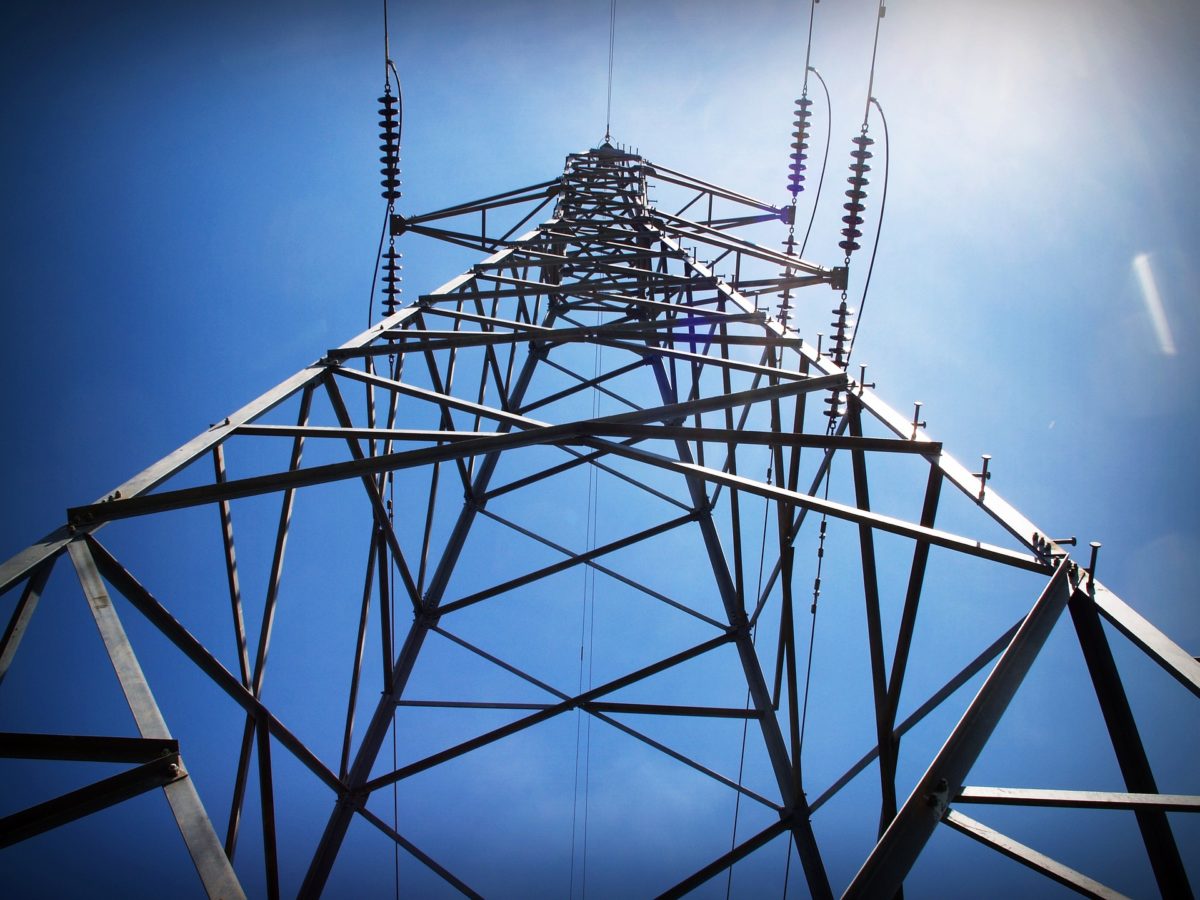With markets around the world touting the fact solar has reached ‘grid parity’ and others chasing the same goal, the head of a business intelligence firm has said that status is not just about solar electricity costing the same as power from conventional sources.
Raj Prabhu, CEO of Mercom Capital Group told pv magazine he believes solar power is still “years away” from true parity with the fossil-fuel based and nuclear power sources it is attempting to displace.
There has been some disagreement this week about whether investment in solar power is on the rise, with Mercom positing backing for the alternative energy rose again on most metrics in the first three months and first half of this year. But in the press release published to announce its latest figures, Mercom’s Prabhu referred to policy developments as the reason behind successes and uncertainty in diverse PV markets, suggesting the technology is still unable to stand on its own merits free of government support.
The rise of private, corporate solar power supply contracts driven by the ever cheaper economies of solar in markets including Spain and Germany has been marked of late and the solar industry lauds every instance of a PV project which produces energy for less than the wholesale price of power on the same grid.
‘True parity’
However, Prabhu says true grid parity involves more than just a bare comparison of final electricity prices produced by solar projects.
“Reaching grid parity in itself does not automatically make solar the front runner,” Prabhu told pv magazine. “Many countries and regions have reached grid parity but have struggled to manage the intermittent nature of solar and the grid issues that come with it. To me, reaching true grid parity will be when solar is financially viable after including the cost of power infrastructure or when the combination of solar-plus-storage reaches grid parity, when we are less dependent on the grid. Meanwhile, markets will gyrate based on policy support or lack thereof.”
Popular content
London-based non-profit Carbon Tracker recently claimed solar power could prove more cost-efficient than coal and gas in Vietnam, a country which relies on expensively imported fossil fuels which subsequently have to be subsidized to ensure affordable power. That evaluation factored in grid costs too and said fears like those voiced by Prabhu about grid infrastructure costs were also made in Ireland a decade ago only for wind power to now supply 20% of the energy to a national grid which is more secure.
A way to go yet
But the case for Vietnam is very different from that of nations which have cheap, readily available fossil fuels on tap, such as India and Poland with coal reserves, and the U.S. and Russia with extensive gas resources.
Regardless of the continuing falls in the price of generating – and storing – solar energy, the industry is still some way off breaking free from the caprices of unpredictable politicians, said Prabhu.
“Though funding and M&A [mergers and acquisitions] figures that Mercom publishes on a quarterly basis tend to reflect the current financial landscape … it [solar] is closely tied to markets going up or down based on policy changes,” added the Mercom chief executive. “I think we are still years away from truly being subsidy free or functioning without any policy support.”
This content is protected by copyright and may not be reused. If you want to cooperate with us and would like to reuse some of our content, please contact: editors@pv-magazine.com.



For hydrogen technologies yes due to 50% conversion losses and 1000 $ per KW for an electrolyses.
For li-ion at 200$ and PV at 300$, still makes 500$ per KW or 50 cents per watt without other costs, the 200$ is a long term investment (when there is too much PV prices will go negative too often leading to negative returns without batteries or hydrogen) and makes the PV production more valuable and has low losses.
Nonsense. Battery storage adds enough ancilllary value via things like frequency response to almost pay for itself. And solar costs nothing. This has already been proven at scale……yet we’re still talking.